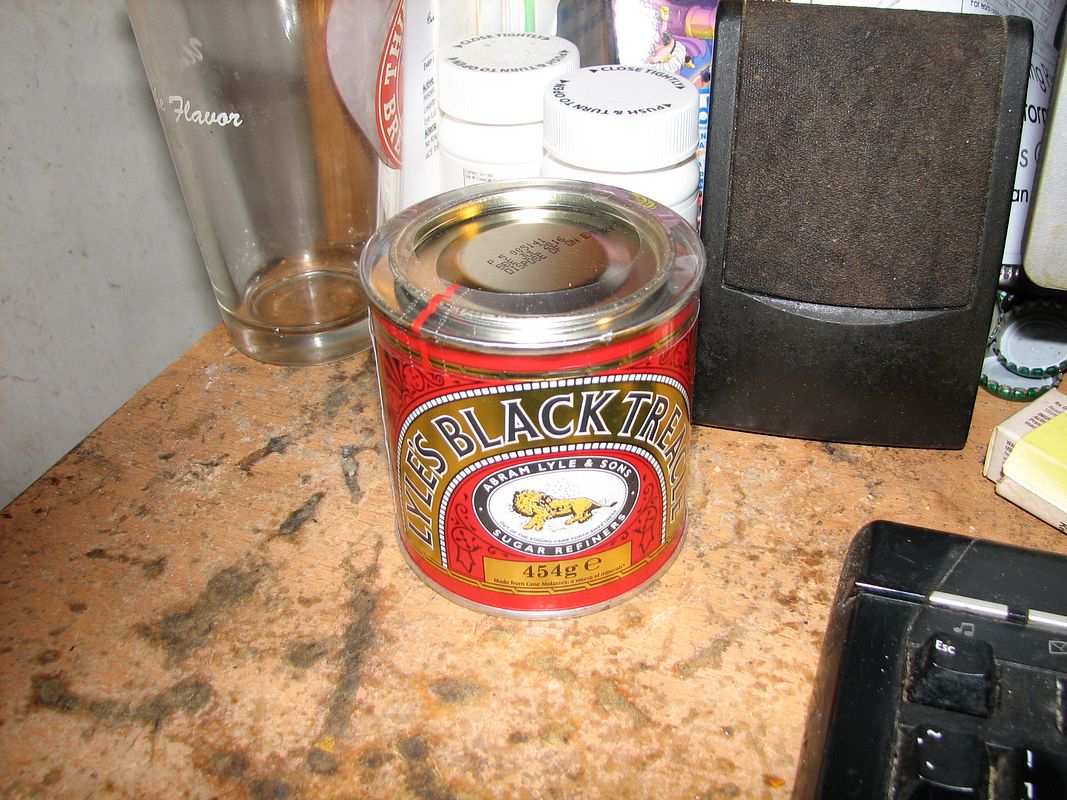Depends on just what you want to accomplish. While that LME is mostly aimed at light lagers and light hybrid ales (e.g., cream ale), it can be used for an English style Pale Ale if you add some color malts to it. It isn't strictly 'authentic', but it can be used. A pound of 60L crystal malt as a specialty steeping malt should bring the malt character and color up to a suitable point, though you'll need to experiment with it a bit. You might consider a half pound of either aromatic malt or Victory malt as well, or a small (1/4 pound or less) amount of chocolate malt.
The real problem is that Munton doesn't make a straight Pale Ale Malt based LME. Their Pale LME is also based on a 2-row lager malt, but the Amber (AFAICT) is a mix of Pale Ale malt and Crystal Malt, which makes it hard to judge how to use it unless you re already familiar with it.
There are some true Pale Ale LME and DME sources around - Briess has a Pale Ale LME, for example - but I don't know about the availability for it at your LHBS.
 because Life just gets in the way of important brewing sometimes.
because Life just gets in the way of important brewing sometimes.




